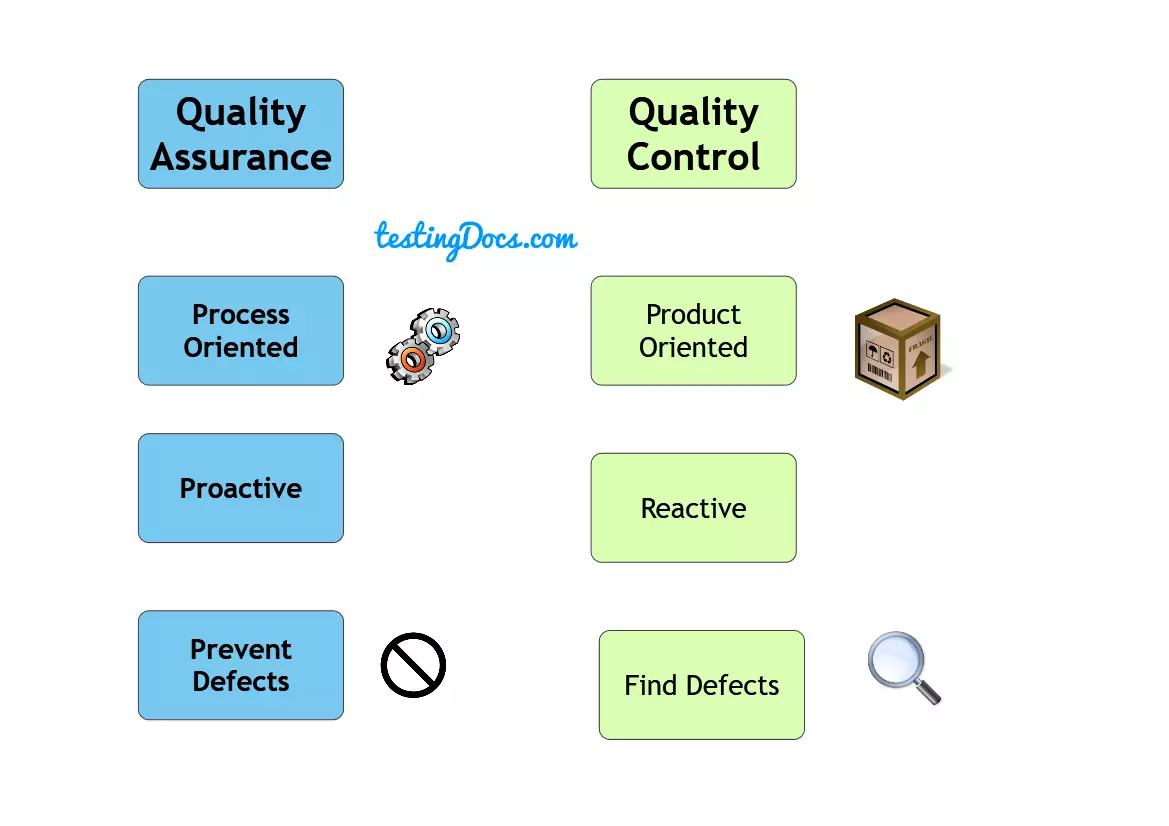Quality Control vs Quality Assurance
Overview
In this post we will go through the definition of quality.Furthermore, we will go through about the differences between Quality control and Quality Assurance.
What is Quality?
Quality is conformance to its explicitly stated functional and performance requirements. Furthermore,it is conformance to standards and implicit characteristics that are expected of professionally developed software products or services.
Some of the Quality Attributes:
- Conformance to requirements.
- Performance Quality.
- Feature Quality.
- Reliability.
- Durability.
- Serviceability.
- Perception
What is Quality Control?
Quality Control is defined as operational techniques and activities used to fulfill requirements for quality.As a result, finding and eliminating causes of quality problems through tools and equipment. Therefore, customer’s requirements are continually met. Quality control is used to achieve and maintain product quality.
Quality control is Product-oriented and reactive. Also,it answers the question: Are We doing the job right?
Examples are finding the defects, Walkthrough, Testing, Inspection, and Reviews.
Products are verified against a defined set of rules or standards. Quality control is a product-oriented process.

What is Quality Assurance?
Quality Assurance is defined as planned and systematic activities implemented within the organization’s quality system ( QMS ). Therefore, establish a good quality management system ( QMS )within the organization and assess its adequacy and conformance via an audit ( both internal or external ) .
It is the process of defining how software quality can be achieved. As a result, the development organization knows that the software has the required level of quality.
Quality assurance as auditing and reporting functions. Therefore, the goal of quality assurance is to provide management with the data necessary to be informed about product quality, thereby gaining insight and confidence that product quality is meeting its goals.
Quality Assurance is process-oriented and it’s proactive. Also, it answers the question: Are we doing the right job?
Examples are Quality Audit, prevention of defects, defining process, and Selection of tools and training.





